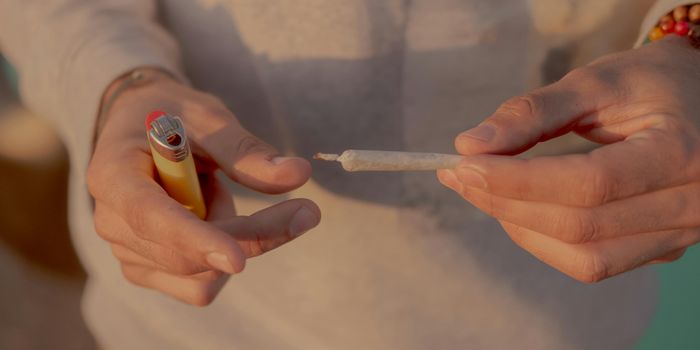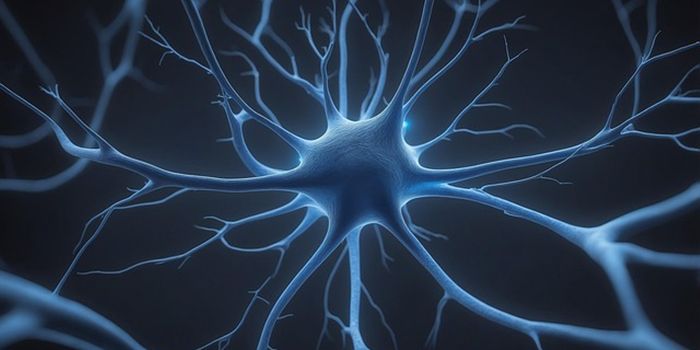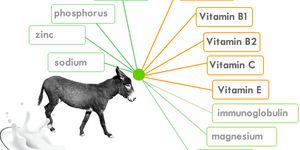Psychologists know that adults learn from experience in order to gain a reward, get to the finish line faster or avoid a punishment or a dangerous situation. Until recently, people did not associate that kind of behavior with babies. The findings, could help shed light on neural development in infants' brains.

Now a University of Rochester study funded by the National Institutes of Child Health and Development is claiming that infants can use their expectations to "shape their developing brains." The research team performed a series of experiments with infants 5 to 7 months old and determined that portions of their brains responsible for visual processing respond both to the presence of visual stimuli and the expectation of visual stimuli. This is a type of complex neural processing -- creating and storing memory, processing language and reacting to sudden movement -- that was once thought to happen only in adults, the researchers say in an article in Proceedings of the National Academy of Sciences and reported in Futurity (http://feedly.com/i/subscription/feed/http://www.futurity.org/feed/).
According to Lauren Emberson, who conducted the study at the Baby Lab at the University of Rochester when she was a research associate in the brain and cognitive sciences department - and who is now an assistant professor at the Princeton University Department of Psychology - "We show that in situations of learning and situations of expectations, babies are in fact able to really quickly use their experience to shift the ways different areas of their brain respond to the environment."
Emberson, who co-authored the study with Richard Aslin, co-director of the Baby Lab at the University of Rochester, and John Richards at University of South Carolina, explains that the researchers exposed one group of babies to a sequential pattern that included a sound, such as a honk from a clown horn or a rattle, followed by an image of a red cartoon smiley face. Then they exposed another group of babies to the same things, but without any pattern.
In order to assess brain activity when the babies were exposed to the sounds and pictures, the research team used functional near-infrared spectroscopy, a technology that measures oxygenation in regions of the brain using light. After the infants were exposed to the sounds and image pattern for a little over a minute, the researchers began to omit the image 20 percent of the time. They detected brain activity in the visual areas of the brain of the infants who had been exposed to the pattern, even when the image did not appear as expected.
As Emberson concludes, "We find that the visual areas of the infant brain respond both when they see things, which we knew, but also when they expect to see things. Part of the reason I wanted to establish this type of phenomenon in infants is because I think it's a really good candidate mechanism for how infants are using their experiences to develop their brains. There's a lot of work that shows babies do use their experiences to develop. That's sort of intuitive, especially if you're a parent, but we have no idea how the brain is actually using the experiences."









